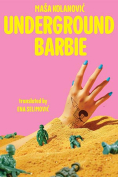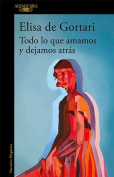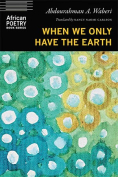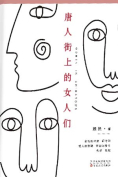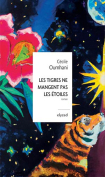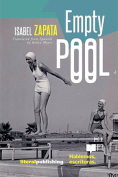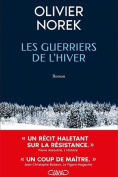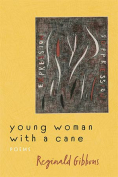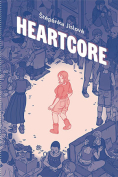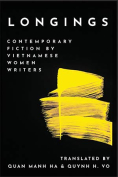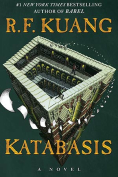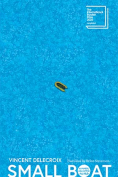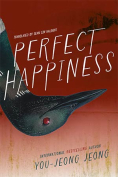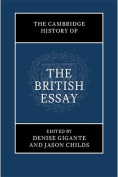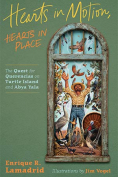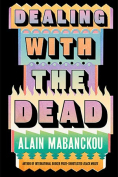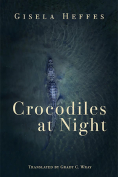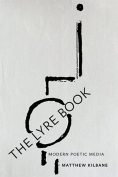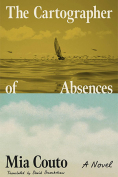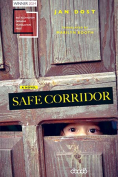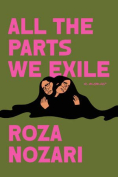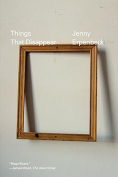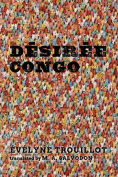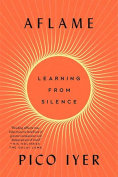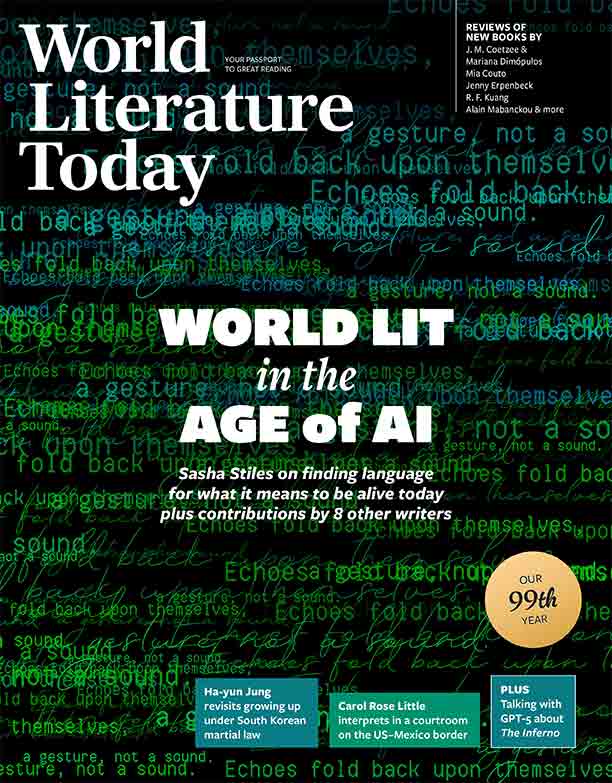Todo lo que amamos y dejamos atrás by Elisa de Gortari
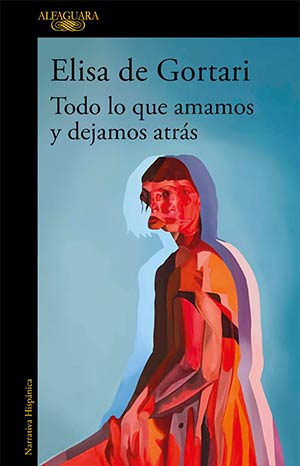
Madrid. Alfaguara. 2025. 296 pages.
An asteroid impact, a father who lives in a virtual world as a connectome, and memories that can spread like contagions—these are just a few of the remarkable elements present in Elisa de Gortari’s Todo lo que amamos y dejamos atrás. Set in a postapocalyptic, steampunkish environment, much of humanity’s technological progress has been obliterated. Together with her adopted son, Indiana, Grijalva is a journalist probing a peculiar illness affecting migrant children who have journeyed from South America to Mexico out of necessity. Similar to other Latin American speculative fiction, Gortari’s novel embodies both dystopian and ecocritical themes; more importantly, it offers a thorough investigation into the bounds of humanity.
In Gortari’s narrative, although humanity had previously made strides in virtual worlds, neuralink technologies, and holographic displays, a catastrophic asteroid impact has set civilization back. Thus, characters within Gortari’s story encounter an eclectic blend of outdated technologies and are tasked to rely on their human spirit. In this way, Todo lo que amamos could be characterized as hopepunk, a literary term first introduced by Alexandra Rowland to capture fiction’s relentless capability to address our present, and rather dire, circumstances.
Following the asteroid crash, sea levels have risen and debris rings reminiscent of Saturn’s now orbit the planet, altering patterns of sunlight. The emergence of the rings has introduced new climatic imbalances and exacerbated existing socioeconomic disparities. Veracruz, Gortari’s coastal hometown, is completely underwater, and Mexico’s geographic contours have been remade.
Masterfully told in second-person singular and largely aimed at Gortari’s protagonist, the journalist Grijalva, Todo lo que amamos chronicles the protagonist’s investigation of an extraordinary disease affecting the migrant children in the small town of Tamarindo, Veracruz, situated along Mexico’s Gulf coast. The protagonist’s background is notably unconventional: she has an adopted son and comes out as a lesbian in the story. Most intriguingly, her father, Emilio, with whom she has lost contact, has recently existed as a connectome—a brain’s neural connections without a physical form—residing in a virtual environment generated by computer processors under the Sonora Desert near Gila Bend, Arizona.
In Gortari’s novel, memory is depicted both as a form of affliction and a way to express one’s humanity. Consequently, the central message of the narrative suggests the necessity of maintaining a healthy, adaptable, or liberated connection to one’s own past and that of others. After all, what defines our humanity if not the ability to learn from history, face the future with optimism, and move on from past traumas? The immigrant children whom Grijalva is reporting on have become ill from an enigmatic disease that infects them with the memory of other individuals. Only lithium can save them.
In the fantastical conclusion, Grijalva realizes that the only remaining source of significant lithium in this postapocalyptic world lies beneath the sea—in the submerged ruins of Veracruz City. Grijalva, Indiana, a handful of loyal friends, and a group of migrant children embark on a voyage to Veracruz, aiming to extract batteries from the sunken vehicles, akin to treasure buried at the ocean’s floor, rich with lithium and promise. The closing chapters position Indiana in the role of protagonist, with his narrative voice taking precedence.
The novel is an exercise in optimism even in the face of profound changes. Gortari writes at a time when US–Mexico relations continue to evolve and at-risk youth, migrating from afar, are exposed to peril. Meanwhile, in times of AI, the pace of technological change today is vertiginous, as is the shifting climate of the planet.
Amid all these extraordinary circumstances, Gortari’s novel urges us to reflect on what we can hold onto and, alternatively, what we can let go. Her narrative challenges us to hold onto hope.
Kevin M. Anzzolin
Christopher Newport University
